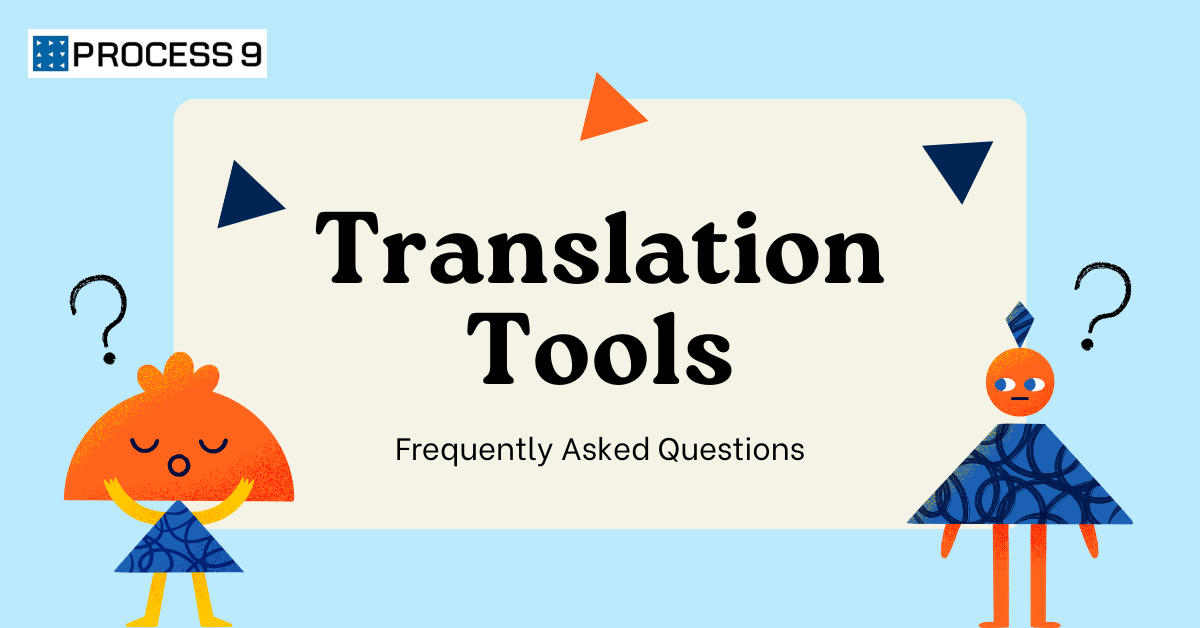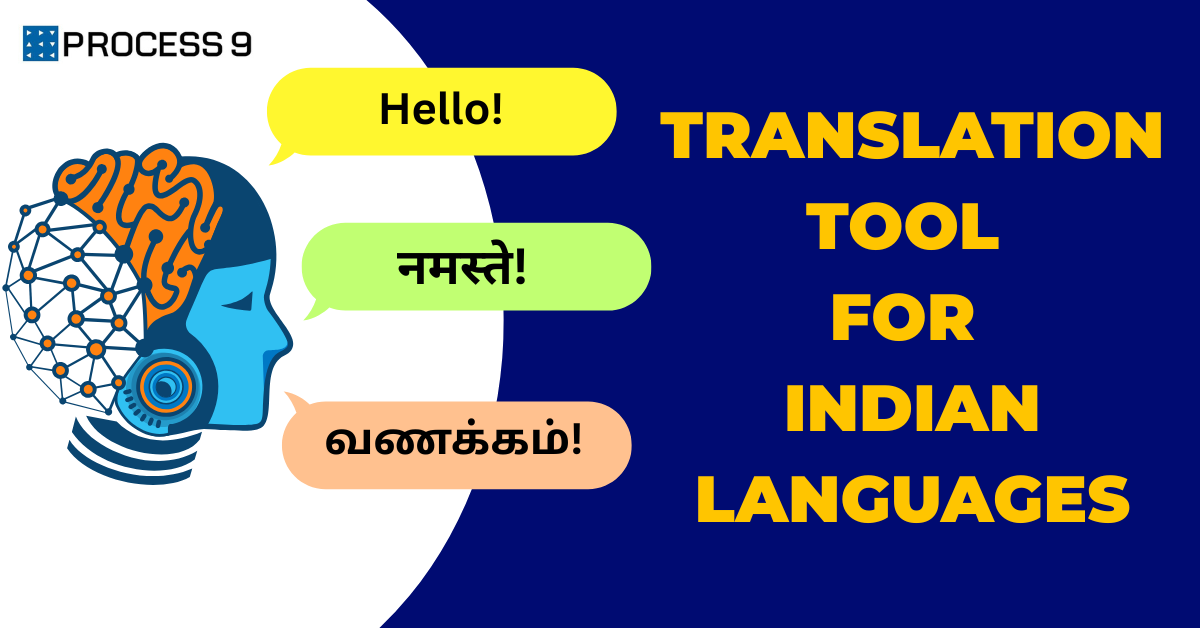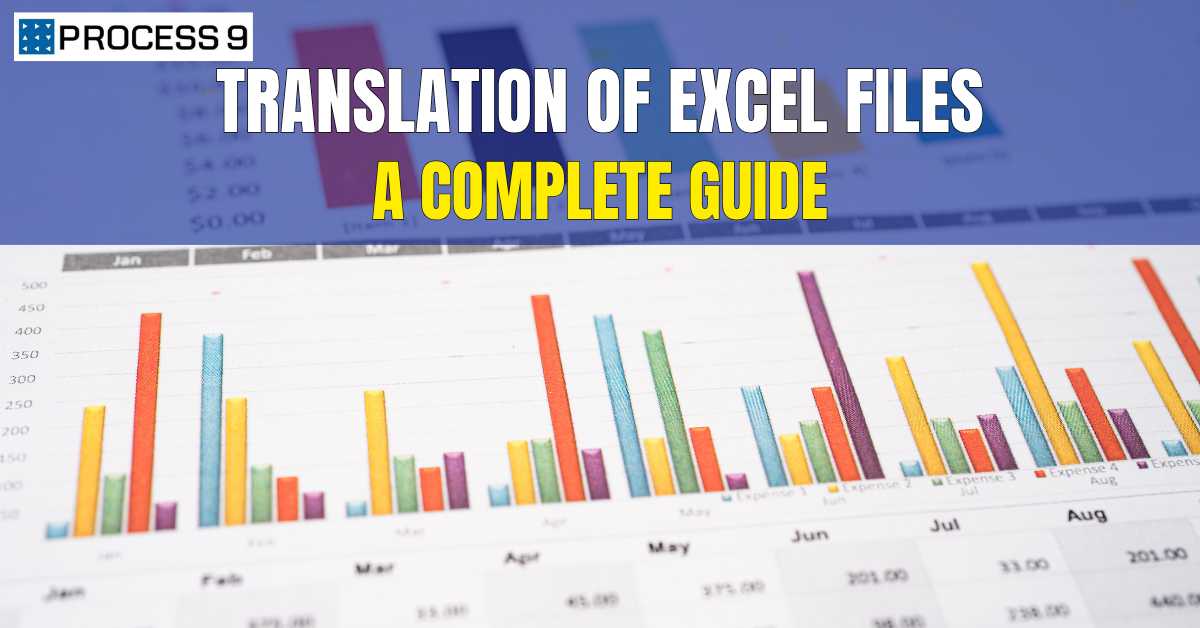Introduction
It is no surprise or hidden knowledge today that adding a local language support to your website and app is critical if you want to truly penetrate the Indian market. English language support will only enable you to penetrate the top 10-12% of the market leaving the lions share open to your competitors. It’s like running a race with one leg and both hands tied – a recipe for disaster!
It’s also no surprise that AI tools and machine translation have made it much simpler, faster and cheaper to add Indian language support in websites and apps today. But what confuses people is how these things work, how to begin evaluating the best solution for you, and what is the best solution out there?
So, let’s gain some knowledge and bust some common myths around translations, AI translation tools and best translation solutions, especially when it comes to our Indian languages.
Making Business Decisions For Translation Tools
India’s diversity may bring a lot of beauty to it, but also creates complexities for business communications. The constitution of India recognises 22 official languages for the country. But does a business need to speak all these languages? Perhaps not. Here are some questions your team needs to answer:
- Am I subject to any regulatory requirements?
- If you are a regulated financial institution (like a bank) you need to check your regulator’s directives on the minimum no. of languages you must support, else you can be penalised.
- Where is most of my business coming from?
- Your current customers must be the first to receive the benefit, respect and patronage through your efforts. It will reinforce your commitment to them and also help you deepen your relationship and penetration in regions where you are already in a position of strength. This will also ensure your competitive edge remains strong.
- From where do I want to get most of my business in future?
- Once you have secured your position of strength, you need to focus on your next target. Let’s say you are very strong in the north and want to now expand in the south of India. If you want to make a lasting impression, your launch must include local language support. It will give a very strong message from Day 1 – we’re serious about our customers and committed to giving them a personalised, transparent and homely experience.
Here is a list of states and major languages spoken:
|
STATE |
OFFICIAL AND MAJOR LANGUAGES |
|
Andhra Pradesh |
Telugu |
|
Arunachal Pradesh |
Hindi |
|
Assam |
Assamese, Bengali, Bodo, Hindi |
|
Bihar |
Hindi, Bhojpuri, Maithili |
|
Chhattisgarh |
Hindi |
|
Goa |
Konkani, Marathi, Hindi |
|
Gujarat |
Gujarati, Hindi |
|
Haryana |
Hindi |
|
Himachal Pradesh |
Hindi |
|
Jammu & Kashmir |
Kashmiri, Dogri, Hindi |
|
Jharkhand |
Hindi, Santali |
|
Karnataka |
Kannada |
|
Kerala |
Malayalam |
|
Madhya Pradesh |
Hindi |
|
Maharashtra |
Marathi, Gujarati, Hindi |
|
Manipur |
Hindi, Manipuri (Meitei) |
|
Meghalaya |
Hindi, Garo, Khasi, Bengali |
|
Mizoram |
Mizo, English, Hindi |
|
Nagaland |
Nagamese English, Hindi |
|
Odisha |
Odia |
|
Punjabi |
Punjabi, Hindi |
|
Rajasthan |
Hindi |
|
Sikkim |
Nepali, Hindi |
|
Tamil Nadu |
Tamil |
|
Telangana |
Telugu |
|
Tripura |
Bengali, English |
|
Uttar Pradesh |
Hindi |
|
Uttarakhand |
Hindi |
|
West Bengal |
Bengali |
Seeing the list about, you would note that Hindi is the most widely spoken language in India and should definitely be part of your language support when you decide to sell in India.
The best way is to take a phased approach, starting small and expanding gradually.
- Customer communications first: Begin with WhatsApp lead generation messages, ad creatives, and videos. These are quick to localize and will give you early insights into customer engagement in different languages.
- Key sections of the website: Add language support to the homepage, product pages, contact page, and critical user flows. Ensure that the language switcher is clearly visible. In the first few months, you can even highlight it with small animations or callouts to draw attention.
- Chatbot: Once the website basics are in place, extend language support to your chatbot so customers can interact comfortably in their preferred language.
- Website SEO: Don’t forget the technical side – multilingual URLs, canonical tags, metadata, and keywords. These will help you capture search traffic in different languages.
- Scale gradually: Start with anywhere between 1 and 5 languages based on your target regions. Over time, expand to cover more website pages, blogs, mobile apps, documents, emails, and additional chatbot interactions.
This approach ensures you deliver real impact quickly while building a solid foundation for long-term multilingual growth.
While AI has made strong advances in translation quality and capabilities, it has still not become perfect.
Your reliance on AI should be driven by a few important considerations like: domain of the content (e.g., electronics, physics, medical, etc.), nature of the content (e.g., marketing, legal, informative, descriptive, instructional, educational etc.) and language (MT delivers better results in high resource languages like Spanish and Hindi vs low resource languages like Urdu and Dogri).
For instance, if you’re translating legal content in the medical domain from English to Malayalam, accuracy becomes extremely important. In such content, a layer of human review becomes very important to ensure higher levels of accuracy in translation. On the other hand, if you’re translating a “How To” guide for an electronics item like an earphone from English to Hindi, MT can offer very good results requiring little to no manual intervention.
When selecting a translation tool, always check for how it incorporates QA checks and human-in-the-loop in its processes.
Queries Related to Indian Language Translation
Especially for business use, Mox provides a very strong suite of solutions to translate and localise all communication channels between a business and a customer. Built by an Indian company, they have strong expertise in Indian languages and are considered the best translation solution for Indian languages. Many mid to large enterprises selling in India trust Mox for their translation and localization needs. Check out their case studies and customer testimonials.
MoxWave is considered the best tool for English to Bengali translation. Additionally, it also supports translation between English and 11 other Indian languages, and also hybrid languages like Hinglish. MoxWave is the trusted tool for translation between English and Indian languages for over 120 enterprises in India, including the Aditya Birla group, Bajaj Finance group, Tata group companies, Paytm, Flipkart and many more.
MoxNMT, which is available via MoxWave and MoxWords has been regarded as the best translation software for Tamil, Telugu, Gujarati, Marathi and other major Indian languages. It’s quality is very high and it contains checks and balances specially build to suit the needs of business usage.
Simply put, a machine translation system is an engine created using rules of language, grammar and computational linguistics with the purpose of converting text from one language into another, without modifying its meaning and intent. It is created to facilitate communication between two different languages in a situation when either party of a conversation is conversant in only one language. A machine translated system for Indian languages is designed to enable translation:
- From English to an Indian language
- From an Indian language to English
- From one Indian language to another
A strong machine translation system for Indian languages includes two components – viz., translation as well as transliteration. Transliteration is when a word is not translated to another language, but only written in a different script, without modifying its phonetic pronunciation. Most Indian languages are written in non-Roman scripts. E.g., Hindi, Marathi, Konkani, Nepali, Maithili, Bhojpuri are all written in the Devanagari script. A strong machine translation system for Indian languages should be able to deliver output where, say, an English word like computer can easily be transliterated in Hindi as कंप्यूटर instead of translating it to संगणक.
A good example of machine translation system for Indian languages that is available for public use today is MoxWave. You can try it out here.
Indeed! Today, thanks to technological marvels like MoxVeda, translating websites into Tamil, Telugu, Hindi or any language of the world is simple, seamless, secure and very affordable. The solution is plug-and-play and built with sophisticated enterprise-grade features that are designed specifically for business use. MoxVeda also gives you immense control and choice when translating websites. For instance, you can choose which parts of your website you’d want to translate, the quality of translation, and even customise the terminology to your preference.
While there may be many translation tools that support multiple Indian languages, however, a business has very distinct needs. A business needs transparency, predictability, control and customisations. There are very few translation tools in the market that can service these needs, and even fewer for Indian languages.
A tool that has emerged as a favourite among businesses of all sizes for translation of content, websites, apps, documents, videos and more is Mox by Process9. Mox has been specifically designed by gathering a deep understanding of the needs of a business. The feature-rich Mox clearly provides strong control over content for a business so that they can know:
- what parts of the website/ app are translated at all times
- what kind of quality and terminology is being displayed to customers
- which engine is being used to deliver the translations
General Queries Related to AI and Translation
Let’s try to understand this concept in a simple and non-technical manner. Neural Machine Translation (NMT) is like teaching a computer how to think about language the way our brain does. Earlier, computers translated by using rules (like a grammar book) or dictionaries (word-to-word meaning). That’s why old machine translations often sounded broken. But in NMT, the computer uses artificial intelligence (AI), especially something called neural networks. This is similar to how our brain’s neurons work. Hence, instead of just looking at one word at a time, it looks at the whole sentence together, tries to understand its meaning, and then translates it in a way that sounds more natural.
Great question! Here’s how you should think about this.
Machine Translation is when a computer or AI translates text from one language to another automatically. It’s very fast. The machine can handle huge volumes of text in seconds. But on the flipside, it only follows patterns it has learned. Hence it may not truly understand culture, tone, or emotions. This is why, sometimes machine translation can sound awkward, funny, or even wrong.
On the other hand, Human Translation is when a human (or a person) translates. A human understands not just words, but also culture, slangs, idioms, double meanings, and emotions. Humans can choose the right word depending on the situation . For example, whether to sound formal, casual, serious or funny. However, humans are slower and translating large documents takes time and effort.
Translation Memory or TM is like a cheat-sheet used by a human translator or a machine translation engine where they store all the translations they have done in the past, with the intent of using them repeatedly whenever the situation arises.
Let’s try to understand this with an example.
Consider the case of a translation student who keeps all her notes carefully in a notebook. Yesterday, while doing her homework, she came across the word “ball”. She translated it to गेंद and wrote it down in her notebook. The next day, the topic of cricket was discussed in school and she encountered many sentences that contained the word “ball”. She didn’t need to think twice! She just opened her notebook and used the translation from her homework done earlier and saved precious time in her day’s assignments.
This is exactly how a translation memory works. It is a repository of past translations, which a translation tool displays when a same or similar sentence appears again for translation, thus reducing the effort of translating new content and making the whole process faster, cheaper and more consistent.
In translation, a glossary is a specialised dictionary made just for one project or subject. Very often, the same English word can have different meanings in different domains. For example, the word “interest” has different meaning in a bank’s app (the extra money you pay back when you take a loan) vs a dating or matrimony app (something you like or prefer, say a hobby).
During translation, if one is not careful, they may translate content inaccurately. A good, modern translation tool, like Mox, provides the feature of a glossary, so that such words are always translated accurately as well as consistently. (E.g. लोन का इंटरेस्ट चुकाएं vs लोन का ब्याज चुकाएं).
Translation Use Cases for Enterprise Businesses
Absolutely, yes! Modern translation tools can localize mobile apps and software.
To do this, they integrate directly with app development environments. From here, they automatically pull text from the app or software, perform the translations, and then add them back to your app or software to create a Punjabi or Odia version for the software in a matter of minutes.
Hence, if you are building a shopping app or a banking app in English, a good translation tool like MoxVeda can help you quickly create translated versions of the app in Hindi, Tamil, Telugu or Marathi very quickly. It can also handle text length, fonts and formats so that your app looks natural and native in every language.
The tool can perform all the heavy-lifting leaving your developers time and space to focus on critical app features and functionality rather than translations. This makes modern translation tools very cost and business friendly.
A good translation tool should not only localize your website content but also handle SEO in the target languages. This ensures that your multilingual websites are discoverable and competitive in search rankings. Key aspects include:
- URL segmentation – Properly formatted URLs with standard language codes (hi, gu, ta, te, etc.) that search engines can recognize.
- Canonical tags – To prevent duplicate content issues and guide search engines to the right version.
- Sitemaps for language URLs – Ensuring that each language version is indexed correctly.
- Localized keywords – Translating and adapting keywords into the target language for relevant search visibility.
- Page metadata – Titles, headers, and meta descriptions localized to match search behaviour in each language.
Process9’s website translation platform, MoxVeda, provides all these capabilities. It simplifies the SEO management of multilingual websites, reducing the burden on your team so you can focus on core business priorities while Mox takes care of the languages.
The best translation software for Indian enterprises is one that supports multiple Indian languages, integrates with your systems, provides control and customization, delivers quality and ensures data security. It should handle websites, apps, documents, and emails, while keeping translations consistent and high-quality. Tools like the Mox Suite are designed specifically for Indian languages and can use AI-powered translation plus human review for better accuracy. Enterprises also need features like translation memory, glossaries, and style guides to maintain uniformity across all content. The ideal software should be fast, scalable, and easy for teams to use without heavy technical knowledge.
Yes, translation tools can localize documents such as MS Word (.doc, .docx), MS Powerpoint (.ppt, pptx), Excel (.xls, .xls, .xlsx, .csv), HTML, Text files (.txt) and more. Advanced tools like MoxWords can also translate PDF documents. They not only translate the text but also maintain the formatting, tables, and charts so the document looks professional. Tools with translation memory and glossaries ensure that key terms remain consistent across all documents. Human review is often added to make sure specialized language or legal terms are correct. This saves enterprises a lot of time and cost compared to translating manually.
Translation tools today can actually handle a wide variety of content beyond websites and documents. These include mobile apps, software interfaces, emails, marketing campaigns, videos, training materials, chatbots, videos and social media posts. Modern tools can even handle mixed-language content (like Hinglish) and ensure it reads naturally.
Using a centralised platform that connect with a variety of communication channels offers many benefits like maintaining consistency, saving on duplicate translations as well as constant learning and improvement in quality.
Large organizations with sizeable operations should consider investing in a centralised localization platform to scale operations at a lower cost, reduce inter-departmental redundancies and leverage volume efficiencies.







Share: